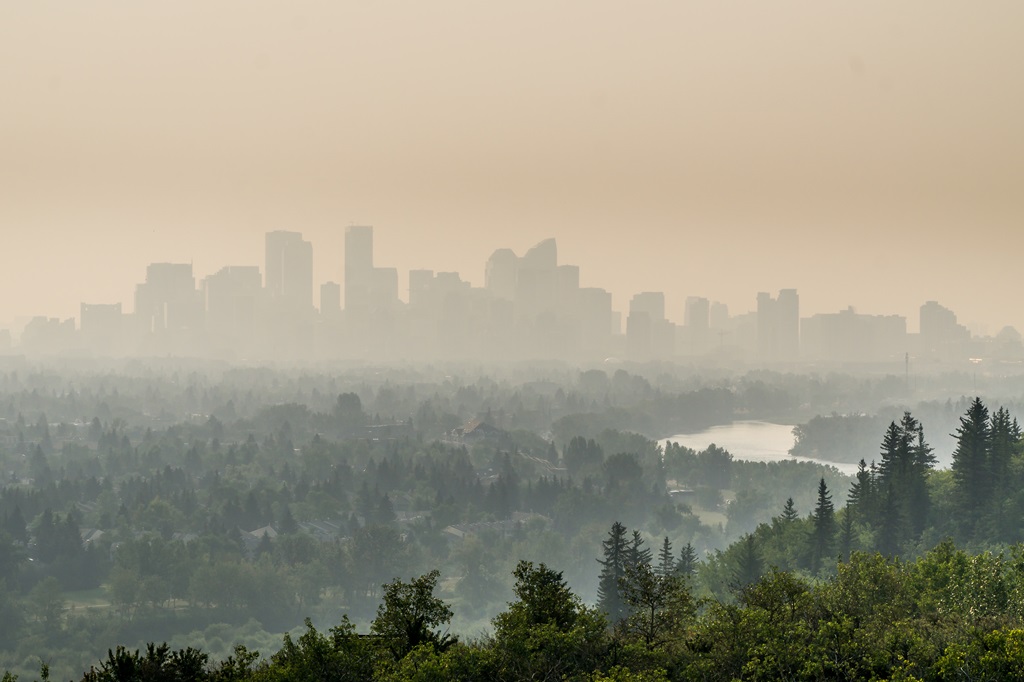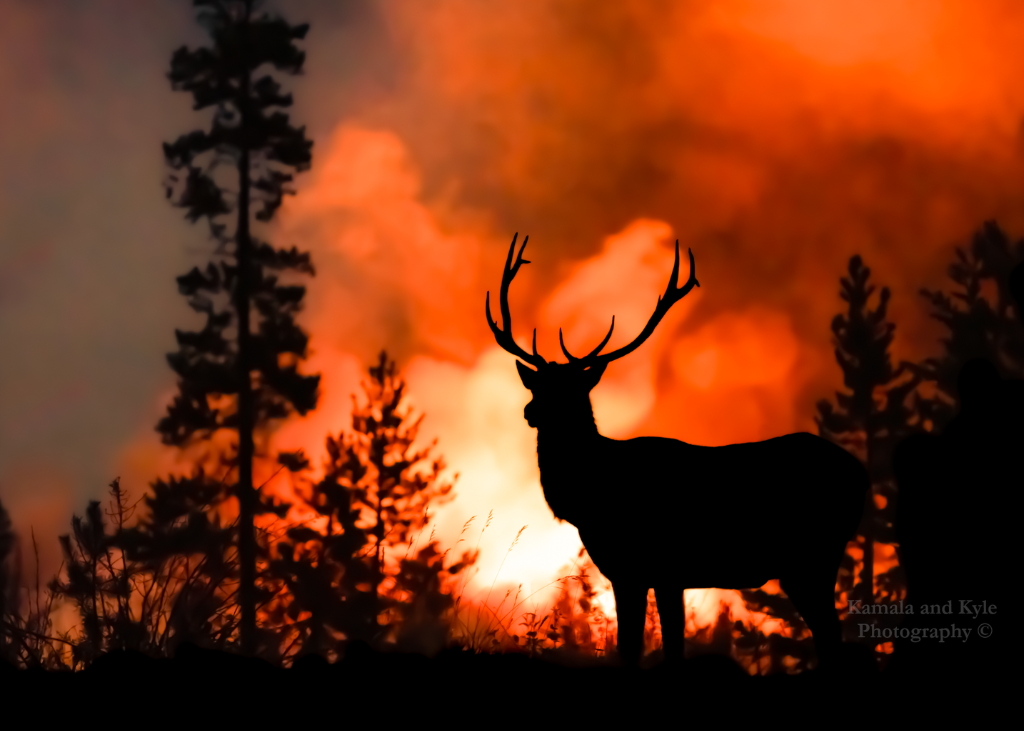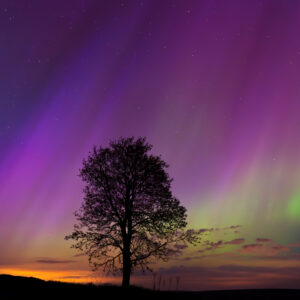Playing With Fire: Climate Change is Exacerbating Wildfires in Canada
It’s become an all-too-familiar sight for Canadians — an infernal blaze devouring expanses of old growth forest, eradicating wildlife and their habitats, and threatening the safety of those too close to the flames. In Canada, “wildfire season” lasts from April to October, hitting its peak in July.
Wildfires in Canada occur naturally, but the wildfires we are seeing now are “unnatural disasters.” They are being exacerbated by human activities and the climate crisis. Canada has lost an average of 2.3 million hectares of forest every year to forest fires since 2000, and our 2023 wildfire season was the most destructive on record, burning an astonishing 16.5 million hectares of land.
How do wildfires happen?
Three things must be present for a wildfire to begin and spread: oxygen, fuel (like wood or brush), and an ignition source (like lightning, campfires, or cigarettes). In 2023, lightning ignited 59% of the wildfires in Canada, accounting for 93% of the total area burned. The force, heat, movement, and path of a wildfire is determined by the fuel (how wet it is, its density, or its makeup), the weather, and the topography of the land.

Smog from forest fires can be a significant health hazard.
How is wildlife impacted by rising temperatures?
In 2023, Canada’s mean temperature from April to October was 2.2°C warmer than normal. According to Yan Boulanger, research scientist in forest ecology at Natural Resources Canada, “Climate change is greatly increasing the flammability of the fuel available for wildfires because the trees, fallen trees, and underbrush are all so dry. This means that a single spark, regardless of its source, can rapidly turn into a blazing inferno.” (From the Natural Resources Canada webpage Canada’s record-breaking wildfires in 2023: A fiery wake-up call.) Meanwhile, extreme weather and storms created by climate change have created more instances of lightning.

Photo: Kamala & Kyle Photography
Tackling the root cause of wildfires
Aside from the ocean, forests are our planet’s best means of carbon storage, helping to keep greenhouse gasses from blanketing the atmosphere and raising global temperatures. The boreal forest is the biggest carbon sink on land, storing 11% of our planet’s carbon.
Forests, which are one of our more effective defenses against climate change, and by extension, more frequent and severe wildfires, are also disappearing because of wildfires. For this reason, protecting our forests is paramount.
In order to adapt to climate change, Canada needs to do a better job of protecting the forests that not only reduce global temperatures, but also provide habitat to irreplaceable wildlife and protect all species from the effects of the climate crisis.
Take action for Canadian forests today
Protecting Canadian forests will be vital in mitigating climate change, which is why we need to be accurate in our forest carbon accounting and put in place policies to reduce emissions from industrial logging. As examples of such policies, Dr. Jay Malcolm, Professor Emeritus of Forestry at the University of Toronto, cites longer harvest rotations, protection of primary and old-growth forests, and a decrease in the production of short-lived forest products. (See Nature Canada’s blog New Research Finds Canada Understating GHG Emissions From Logging.)
The federal government has promised to protect 30 percent of nature by 2030, and our forests are an important part of this pledge.
As you read this, climate change is harming people and nature across Canada. Join with millions of Canadians who want our governments to act now to save our forests and fight climate change.



